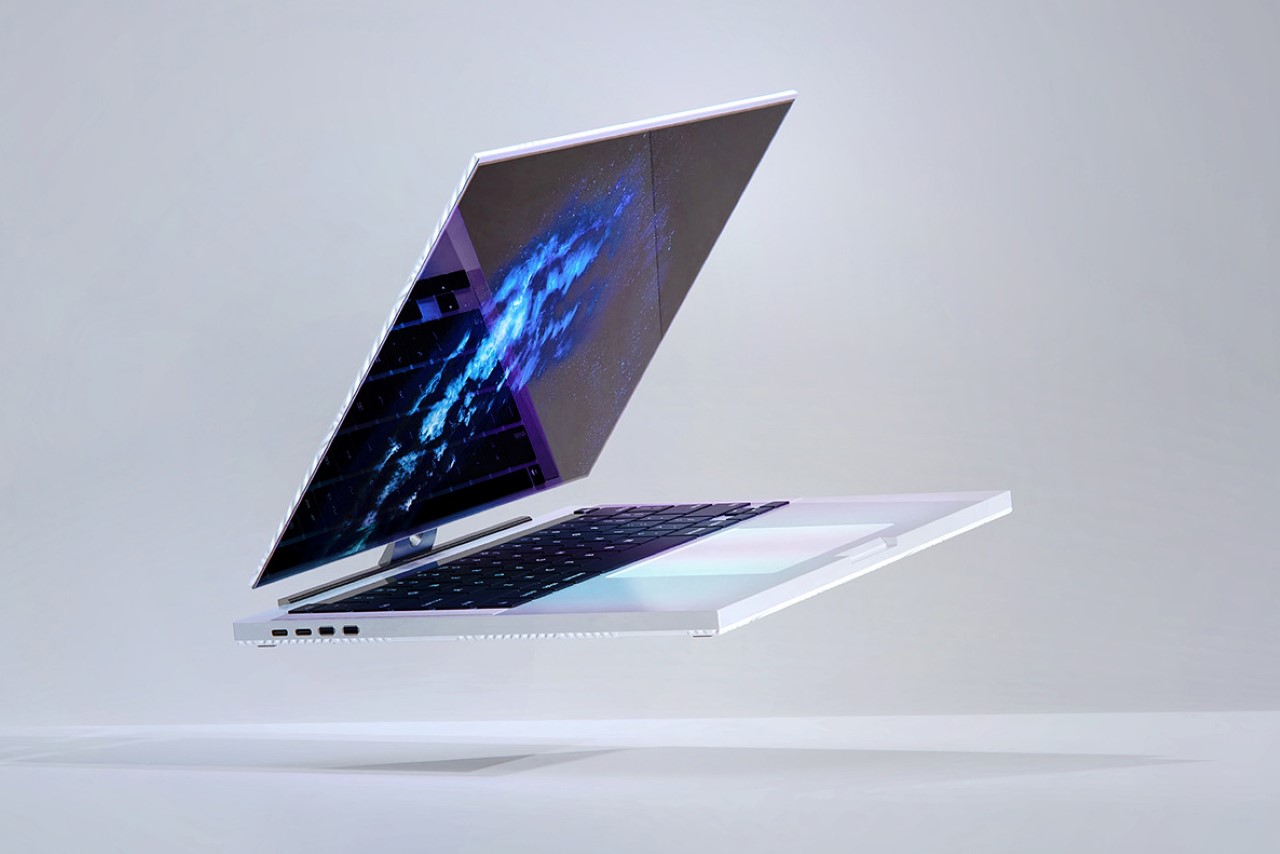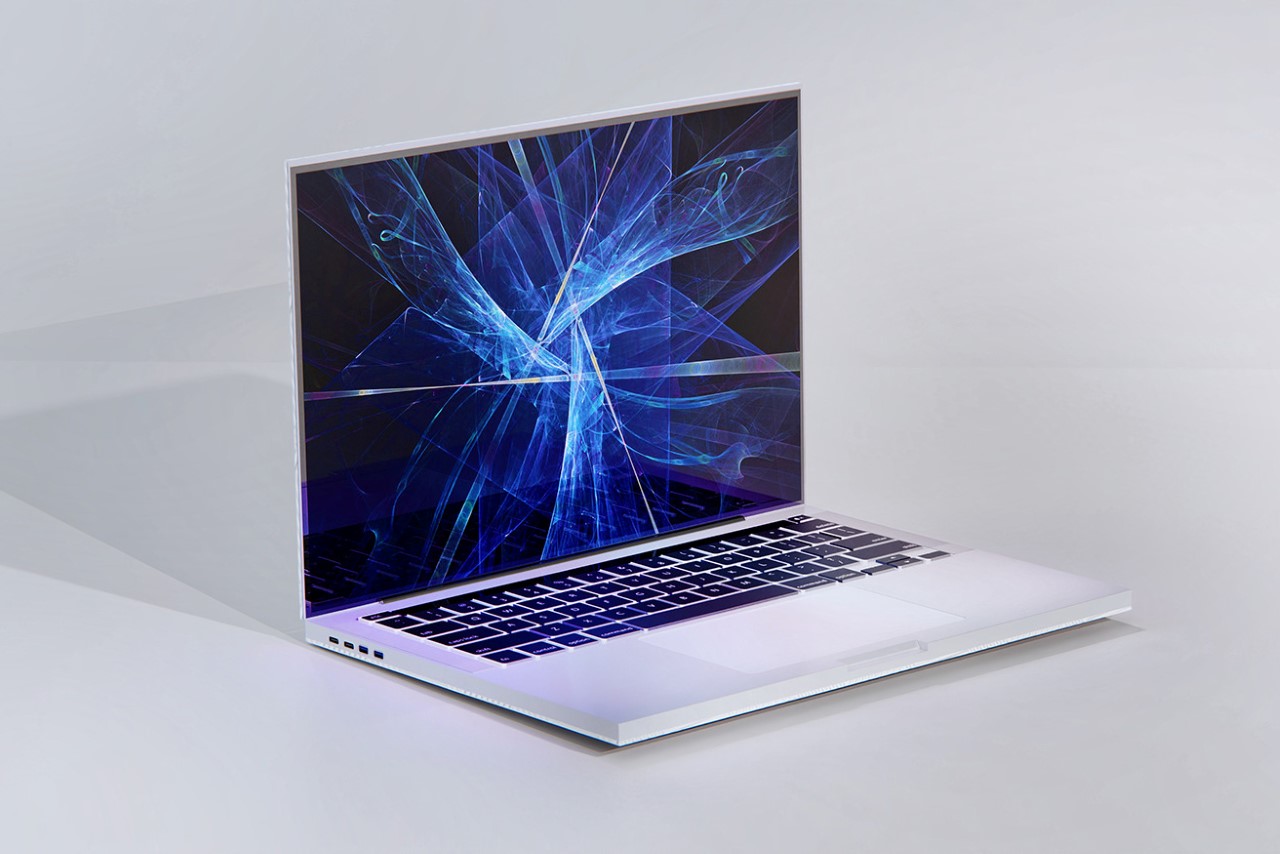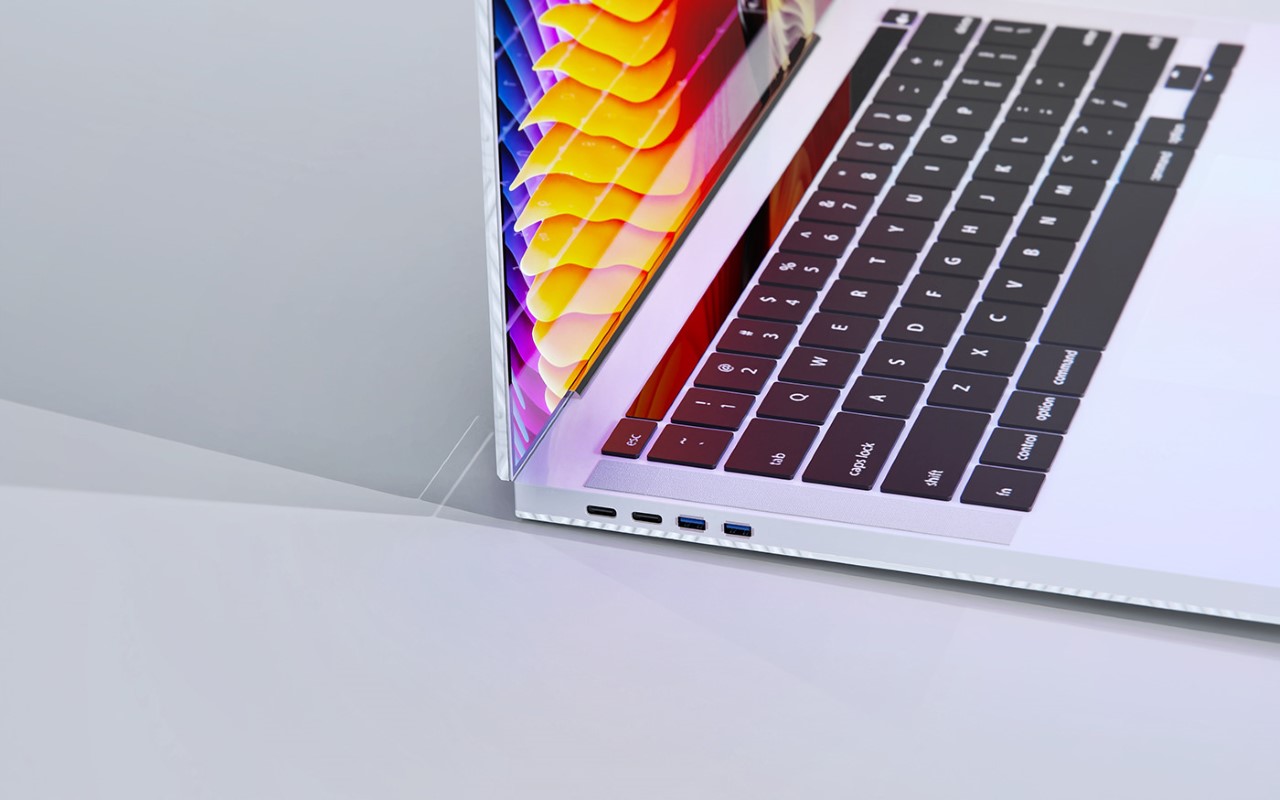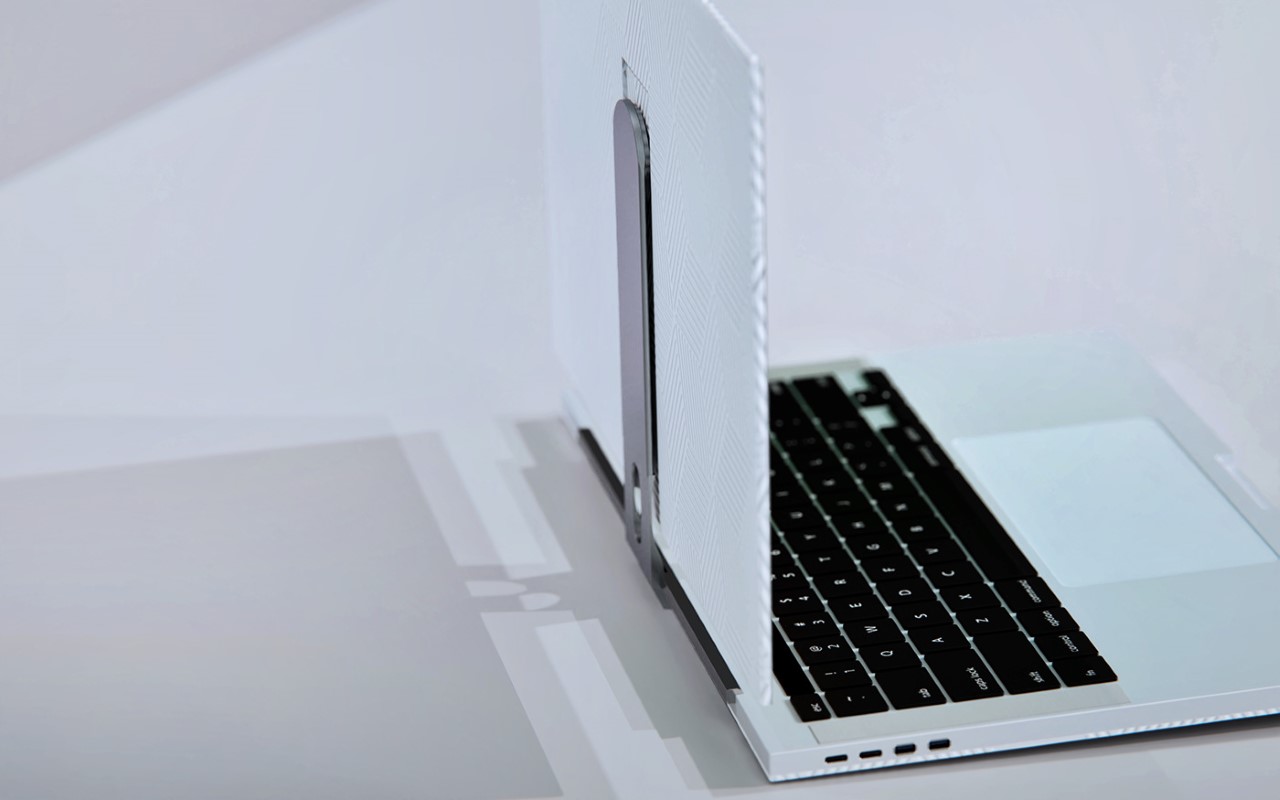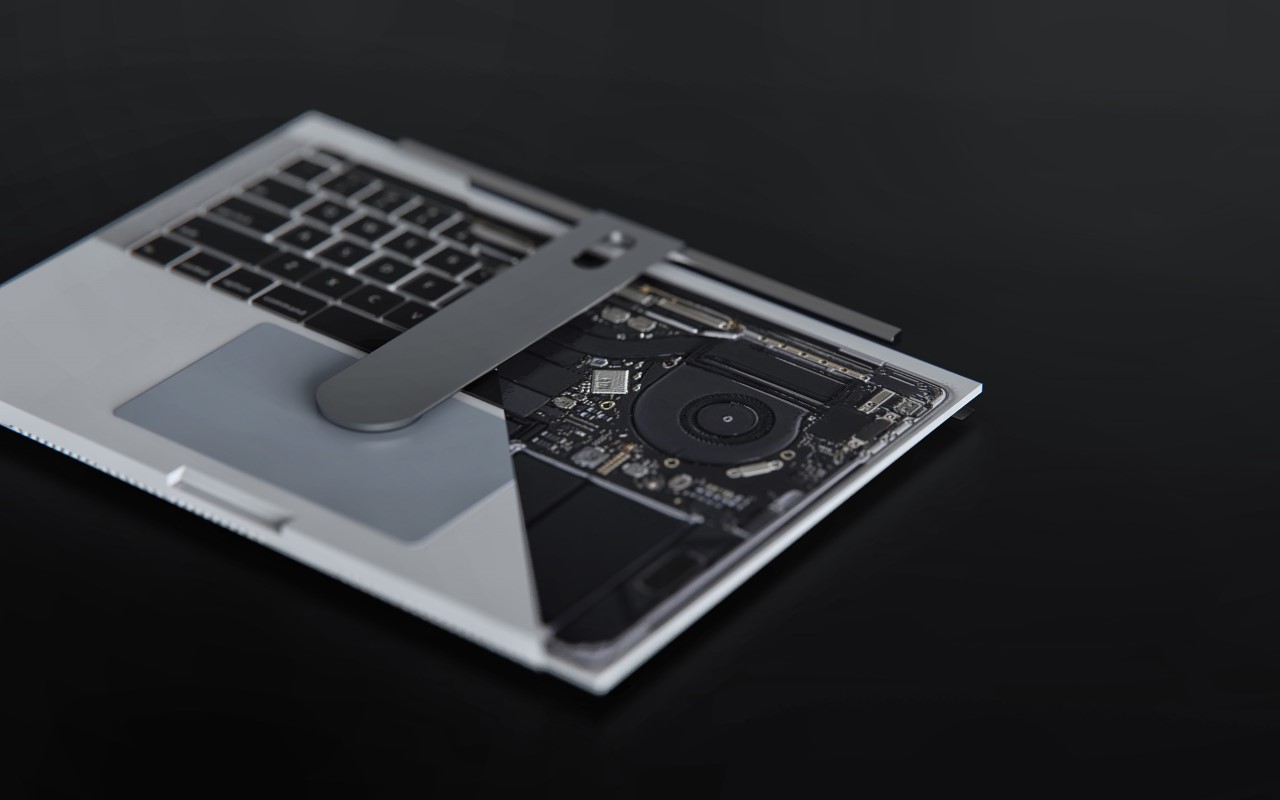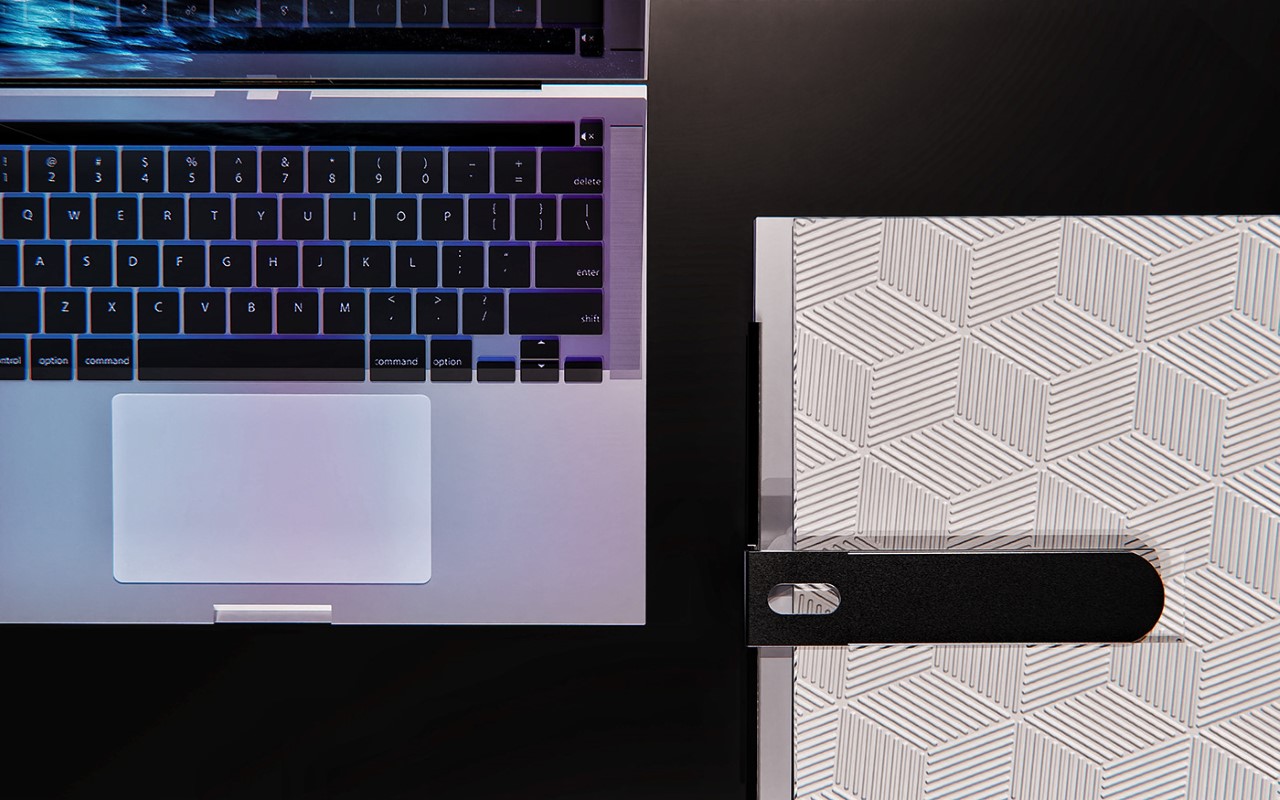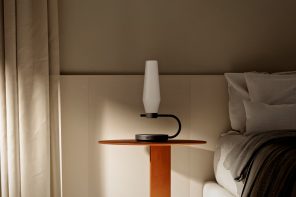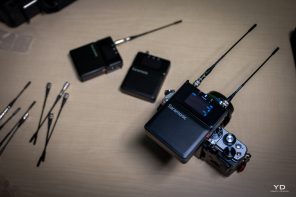While laptops are lauded for their portability, their biggest caveat is that they often aren’t too ergonomic. You can either make a slim, lightweight, portable machine, or you can make one that’s ergonomically designed keeping human factors and proportions in mind. That notion, however, is being challenged by the NeckBook, a maverick laptop concept created by JooHyung Park, with an adjustable display.
The NeckBook, as its name should rather aptly suggest, is a laptop that has a display with a ‘neck’. Unlike conventional laptops that connect their displays directly to the base using a set of hinges, the NeckBook adds a sliding rail (or a neck) between them. Once you flip open your lid, as you would with any conventional laptop, the NeckBook lets you pull the display upwards, adjusting its height. The display slides up and down the neck, and can swivel left and right too, giving you an infinite amount of control over your viewing experience – something a regular laptop can’t.
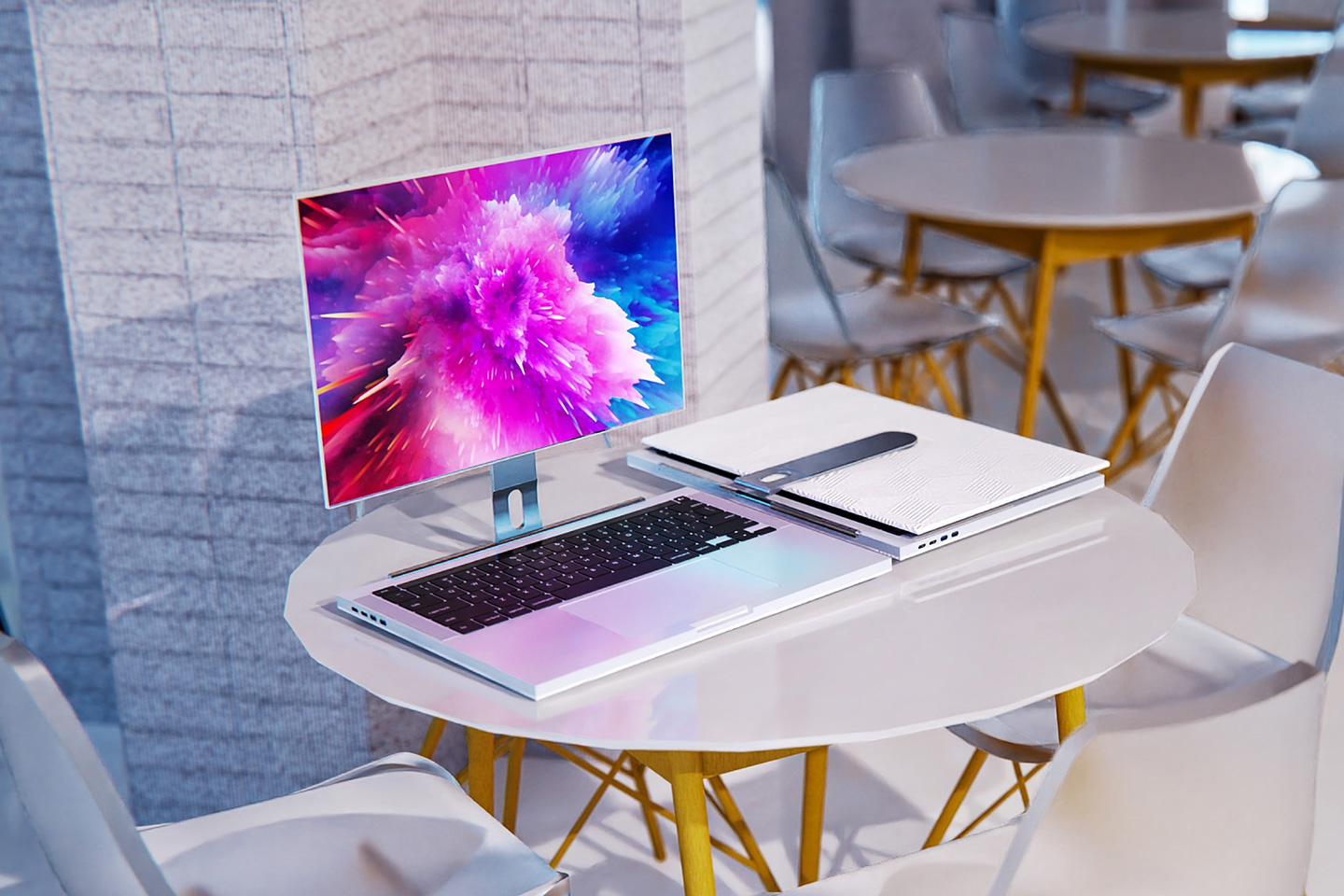
The ability to adjust your laptop monitor’s height is an absolute game-changer, because laptops are notorious for causing neck strain over time. A desktop monitor often sits at a height, allowing you to keep your neck straight, while a laptop monitor sits much lower (since it’s attached to the keyboard) causing you to unnaturally bend your neck. NeckBook aims to eliminate this problem by giving the laptop a neck of its own. You can easily pull the display up to your eye level so you don’t need to bend your neck anymore, and when you’re done, slide the display back down and shut the laptop. At least on paper, it’s a remarkably useful feature that gives you the best of both worlds – portability and ergonomics.

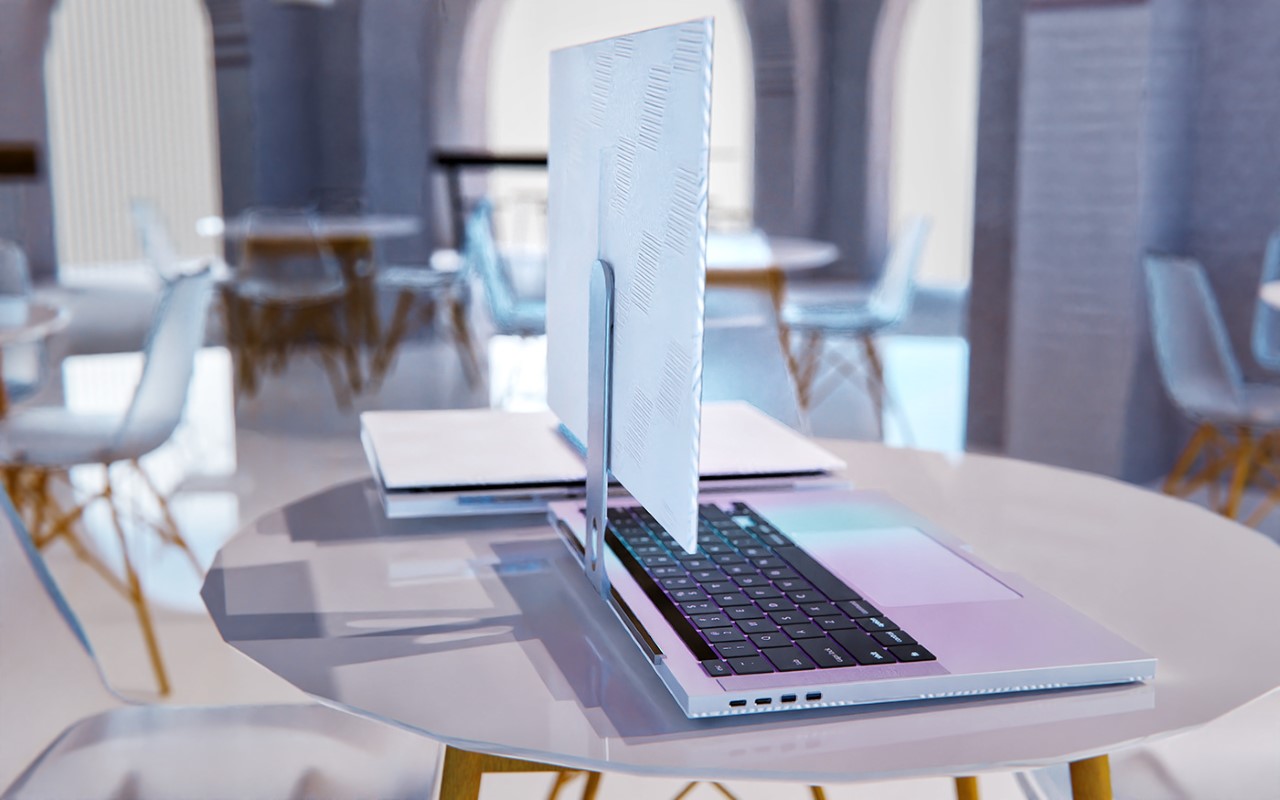
Without getting too deep into the technical aspects of the design, what the NeckBook proposes is theoretically pretty easy to execute. Companies have experimented with swivel displays plenty of times in the past – if you remember the weird ‘convertible laptop’ phase around 2015 – albeit with little commercial success. My only real gripe with the NeckBook concept (apart from the fact that it’s not real) is that the laptop’s neck has been given what feels like too much prominence. The neck in this concept is a utilitarian detail, and highlighting it on the outside not only reduces the laptop’s smooth/sleek aesthetic, but it also imparts an industrial appearance to the laptop. A neck that sat flush against the laptop’s lid, or was concealed inside a potentially thicker lid, would probably really help seal the deal on this idea, which my currently deformed neck could really use right about now.
Designer: JooHyung Park
